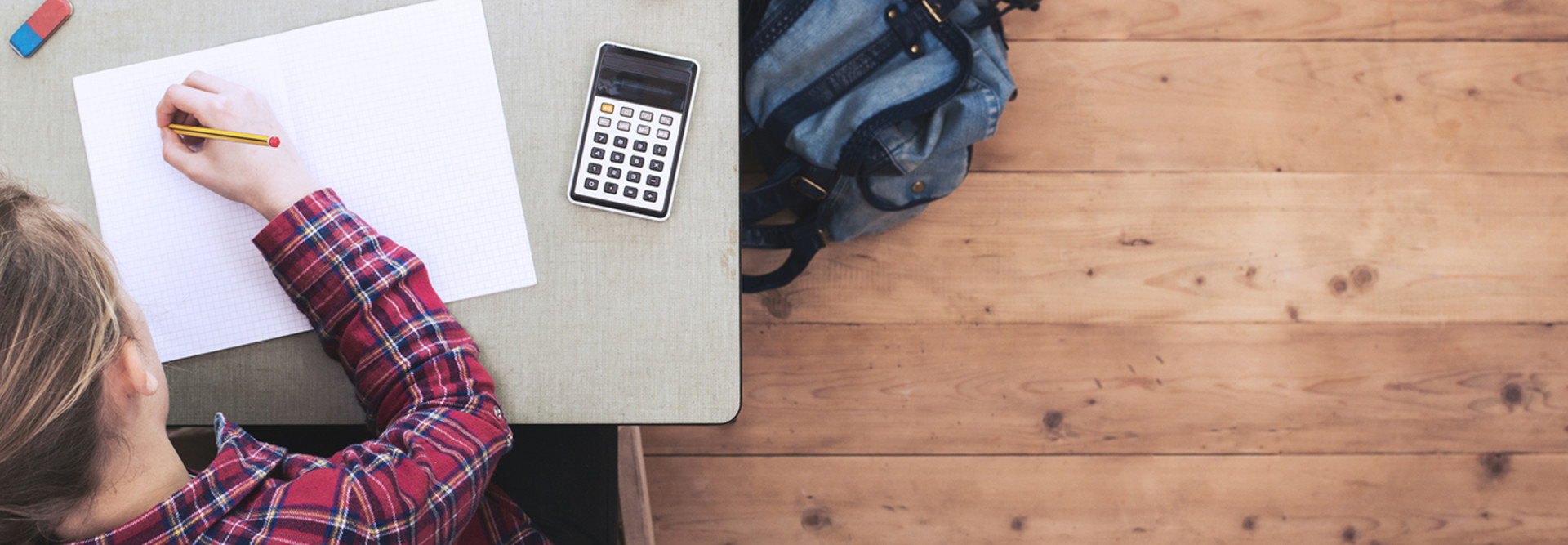How Classroom Furniture Has Evolved in the Last Decade
As technology evolves daily, it’s not shocking to note how much classrooms have changed in the past decade or so. The devices that populated classrooms in 2007 have long been replaced. However, it’s a bit more shocking to look at how much classroom furniture and the learning space have changed.
The desk, in one form or another, has been a staple of the classroom since the 1800s. Even a type of standing desk was used as early as 1899. But the design of a standard classroom — desks facing the front of the room — was always the same, until recently.
In the last few years, education experts have begun to explore how classroom design, as well as furniture, influence how students learn.
“People think physical space is an innocent bystander, but physical space will reinforce a teacher’s mission, or frustrate it,” says Larry Kearns, a principal of Wheeler Kearns Architects, in an EdTech article.
The Standing Desk Helps Students Thrive
With recent medical research has warned of the dangers of sitting, businesses have embraced the use of desks that let employees stand for all or part of the day. Ergotron, the company behind the WorkFit standing desk, collaborated with schools to reimagine the desk for a classroom environment.
The schools’ feedback revealed that the Ergotron LearnFit needed to be durable, easy to move and adjust the height, and include features made for students, like a backpack hook or storage cubby.
Beaver Acres Elementary School in Oregon facilitated a pilot program with the LearnFit desks and found that giving students a choice of how they wanted to learn was quite powerful.
“The furniture helps lead to decentralized learning, where it’s no longer the teacher at the front lecturing,” says Beaverton tech coordinator, Ryan Hoxie, in the EdTech article.
With some schools cutting back on recess time to allow for more class time, standing desks can keep students moving throughout the school day.
Teachers at Alexandria County Day School in Virginia worried that adding LearnFit desks to their classrooms might cause disruption as students sit, stand and move around more. However, the school’s principal, Scott Baytosh, tells EdTech that overall the students said standing helps them feel engaged in class.
Leaders at Vallecito Elementary School near San Francisco agreed that choices in desk setup have helped students. EdTech reports that the school uses Safco desks that come with a fidget bar to help students keep their feet moving even while sitting.
Flexible Learning Spaces Reinforce Collaboration and Creativity
It’s important for today’s students to have lightweight desks that can be easily moved because collaborative learning is on the rise. But some students aren’t using desks to work together.
In Yorkville Community School District 115 in Illinois, students often aren’t even learning in classrooms with four walls.
“The whole goal was to make every space in our building a learning space, whether it was a hallway, a classroom or the locker bays,” Technology Director Ryan Adkins tells EdTech.
Yorkville’s Learning Stairs, a large, tiered common space with plenty of USB charging stations and outlets, is a quintessential example of a flexible learning space. The stairs can work as a classroom, meeting space or place for multimedia presentation. With flexibility in where and how they learn, students are able to cultivate skills needed for the workforce.
“Teachers have begun to understand better that there are certain 21st-century soft skills that need to be imparted to students,” says education consultant Lucy Gray in the article. “Collaboration, communication and creativity should be a big part of what they’re doing.”
One way to encourage the development of these soft skills is through active learning. Experts, like those at ISTE, say that redesigning classroom spaces and furniture is a big part of active learning.
“Children respond well to novelty. If they enter a room that’s different, they open up more to the lesson and are more in the moment as to what learning and teaching can be,” says Dale Basye in an ISTE article.
In addition to transformable furniture, Basye recommends adding tennis balls to the bottoms of chairs and tables so they are more easily moved. Also, making use of mobile devices lets educators take the learning into any environment.









